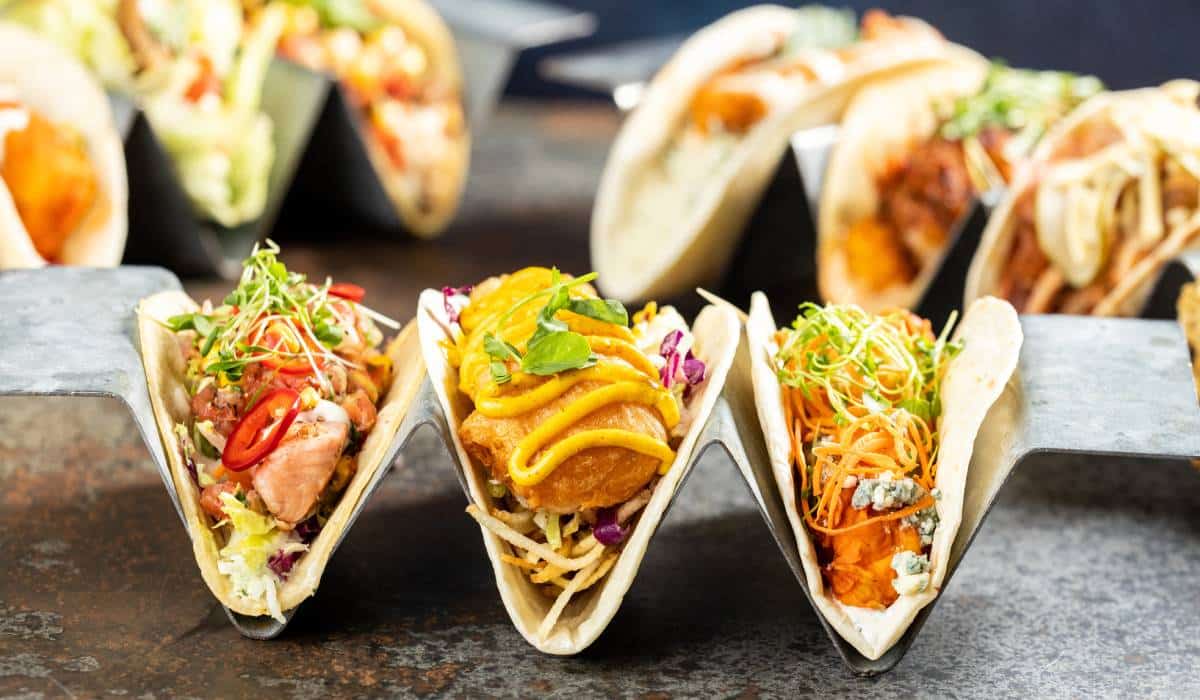More than ever, restaurants must adapt to a continually changing landscape of industry trends and macro-economic variables in real time. As restaurants continue to navigate a post-pandemic era, brands have a better understanding of what changes ushered in by COVID will stay or go. Sound digital strategies and a lack of discount dependencies during the pandemic have already proven to be key indicators of brand health and success, and lasting legacies of the pandemic.
The hospitality industry as a whole watched as restaurants without digital investments suffered, while those with established digital strategies in place capitalized. When dining rooms shuttered for example, more tech-savvy restaurants could fall back on already existing digital ordering channels.
At a time when restaurants had an unprecedented focus on careful spending while also having to drive much needed sales, many brands realized that an over-reliance on discounts was detrimental. And with shrinking margins and the continued growth of third-party delivery aggregators like UberEats and DoorDash, this has never been truer. Discounting is not only a race to the bottom against third party services, it also devalues brands and negates profits on owned channels.
While there are opportunities with digital ordering channels—particularly owned ones like direct ordering that include data capture—enrolling customers in loyalty and CRM, and optimizing the ordering flow for upsells, there are also challenges. Namely, competition.
Now that the majority of consumers have become accustomed to digital ordering, proximity no longer limits overall engagement for restaurants, but rather encourages increased competition. Restaurants are not just competing with the businesses next door. Any restaurant with an app or digital ordering channel that can be reached on the customer’s phone or computer (at their fingertips, literally) exposes brands to competition.
The worst competition, of course, comes from third party delivery aggregators. While it is no secret 3PD has built their businesses by retaining steep commissions and a monopoly over customer data, their in-app marketplaces have become equally problematic. These 3PD apps have your product and on top of that, in many cases, offer free delivery or some other incentive to buy. And if they aren’t discounting your product, often they are showing a competitor’s brand alongside yours that does have a discount attached. The deep pockets of companies like UberEats or DoorDash allow them to continuously offer heavy discounts to earn the transaction at all costs.
To combat this threat, winning brands have shifted to offering something the 3PDs can’t—access and exclusivity. These non-discount benefits enhance the customer experience and amplify the brand’s story, while driving direct ordering over third party services without steep discounts. One way to offer exclusivity is to engage guests with hidden menus featuring exclusive items made available only to customers who order directly or reach a certain spend threshold. Velvet Taco recently announced their hidden menu, which makes their brand’s signature “Weekly Taco Features” available to top customers.
True customer loyalty requires understanding individual customers and personalizing the interactions with those people. This is why the data capture enabled by direct ordering is so critical.
Other factors as to why discounts no longer cut it are new digital innovations like NFTs and the metaverse. When it comes to the creative boundary with corporate restaurants and other consumer brands testing these possibilities, engagement strategies are getting pushed to their outer limits. Digital events and the current exclusivity of the early stages of adopting the metaverse are giving restaurant marketers new ways to drive engagement.
So, while your restaurant does not necessarily need to open a virtual storefront just yet, like McDonald’s virtual summer “camp,” or mint an NFT—thinking about incorporating exclusivity and special access into your loyalty strategy is quickly becoming “a need to have” in your marketing tool kit.
Restaurants and other businesses that have developed a strong digital strategy through direct ordering over third party services have higher frequency than those that solely use apps like DoorDash. When discounting devalues your brand and reduces your profit, incorporating engagement strategies such as exclusive access and customized guest experiences will not only improve margins but it will also generate a personalized experience for your customers that builds lasting loyalty.
Zach Goldstein is the CEO and founder of Thanx. Founded in 2011, Thanx is a guest engagement and retention platform helping restaurants and retailers become more digitally agile to maximize customer lifetime value. Prior to earning his MBA from Stanford, Goldstein honed his experience in the customer loyalty space at Bain & Company, helping companies perfect their retention and reward strategies as early as 2005.





